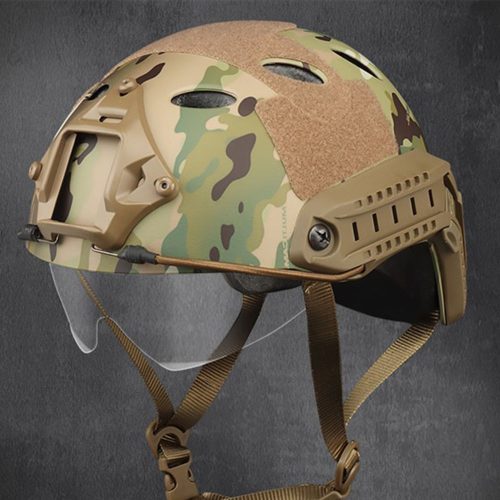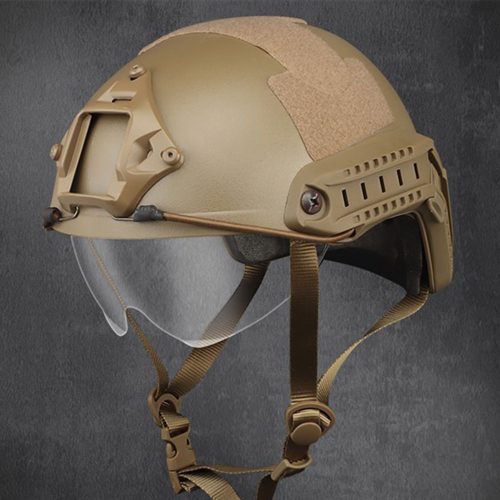Helmets come in a wide range of styles, from classic and traditional designs to cutting-edge, technologically advanced options. These styles cater to various preferences, needs, and activities. Here’s a brief overview of helmet styles from classic to cutting edge:
- Classic Helmets:
- Traditional Bicycle Helmet: These are the most common bicycle helmets with a classic design, typically featuring a round or elongated shape and ventilation holes. They prioritize safety and comfort without a lot of additional features.
- Vintage Motorcycle Helmet: Designed to resemble classic motorcycle helmets from the past, these helmets have a retro look with a low-profile design, minimal graphics, and often come with a leather finish or chrome accents.
- Sport-Specific Helmets:
- Skateboarding Helmet: Designed for skateboarding and related activities, these helmets have a rounder shape and may feature a hard outer shell and soft inner padding for impact protection.
- Snow Sports Helmet: These helmets are built to withstand cold weather and are equipped with additional insulation. They often include adjustable ventilation and compatibility with ski goggles.
- Horseback Riding Helmet: Equestrian helmets come in various styles, from classic riding caps to more modern safety helmets designed to protect riders during horseback activities.
- Motorcycle Helmets:
- Full-Face Helmet: Provides full coverage of the head and face, offering the highest level of protection for motorcycle riders. They often include a visor for eye protection.
- Open-Face Helmet: Also known as 3/4 helmets, they cover the top and sides of the head but leave the face exposed. These are a compromise between safety and visibility.
- Modular Helmet: These helmets combine features of full-face and open-face helmets. The front section can be flipped up, allowing riders to have an open-face experience when needed.
- Cutting-Edge Helmets:
- Aero Helmets: Designed for cycling, these helmets have a streamlined, aerodynamic shape to reduce wind resistance. They are favored by competitive cyclists and triathletes.
- Smart Helmets: Equipped with technology such as built-in communication systems, rearview cameras, integrated lights, and even heads-up displays, these helmets are designed to enhance safety and connectivity.
- High-Tech Motorcycle Helmets: Some advanced motorcycle helmets feature technology like heads-up displays, built-in Bluetooth communication, noise-cancellation, and even rearview camera systems.
- Multi-Sport Helmets: Designed for versatility, these helmets are adaptable for various activities, such as cycling, skateboarding, and rollerblading. They often have removable padding and adjustable features.
- Aviation Helmets: Designed for pilots and aviation enthusiasts, these helmets come in various styles, including open-face, closed-face, and full-face helmets. They often include communication equipment and visors.
- Military and Tactical Helmets: These helmets are built for military personnel and law enforcement. They prioritize ballistic protection and often feature modular designs for the attachment of accessories like night-vision goggles.
- Industrial Safety Helmets: These helmets are designed for workers in construction, manufacturing, and other industrial settings. They provide protection from falling objects and impact hazards.
When choosing a helmet, it’s important to consider the specific activity and safety requirements. Classic helmets are often suitable for general use, while cutting-edge helmets may be necessary for specific sports or activities that demand advanced features and technology. Always prioritize safety and comfort when selecting a helmet.


